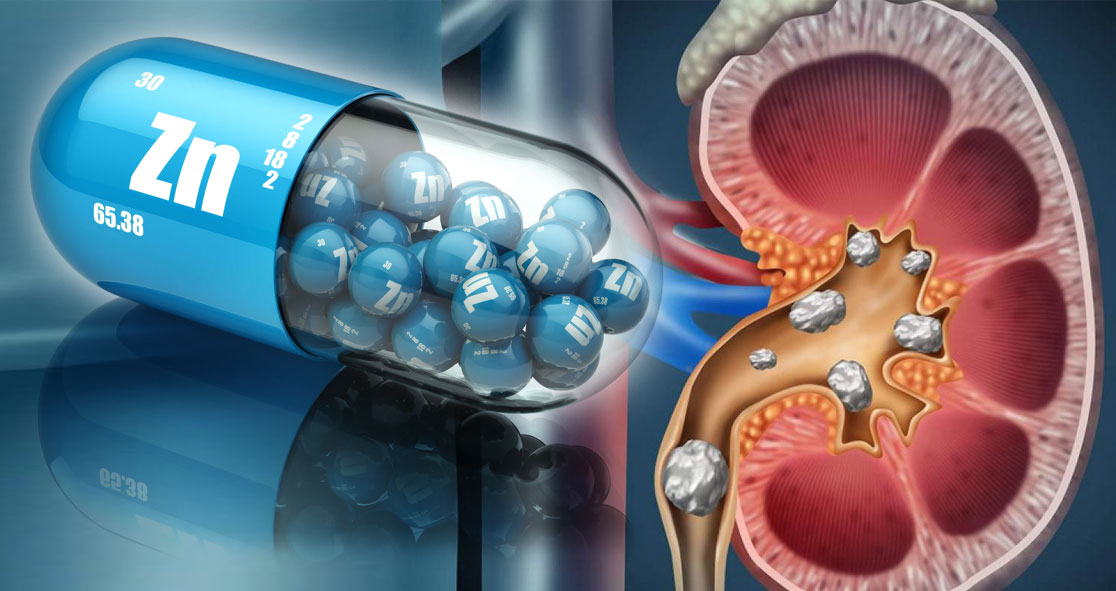A new study discovers how zinc plays a key role in inhibiting as well as promoting kidney stones.
The study found that zinc inhibits the growth of the calcium oxalate crystals that are responsible for making stones. Also, it alters the surfaces of crystals that encourages further growth.
The study was reported in the America Chemical Society journal Crystal Growth & Design.
Researchers Jeffrey Rimer and Abraham Dukler of the University of Houston conducted the study to offer some resolution to the differing hypotheses, according to Science Daily.
“What we see with zinc is something we haven’t seen before,” said Rimer, “It does slow down calcium oxalate crystal growth and at the same time it changes the surface of the crystals, causing defects in the form of intergrowths. These abnormalities create centers for new crystals to nucleate and grow.”
Many patients suffer from kidney stones, a pathological condition that is also known as renal calculi, which leads to an increased amount of suffering and medical costs.
Calcium oxalate crystals are found everywhere and one of the most naturally abundant forms of these crystals is calcium oxalate monohydrates (COM). COM is found in human kidney stone disease.
Apart from COM, renal stones are composed of other inorganic salts and organic compounds, crystallizing or sticking together in concentrated urine and forming stones. Most patients with kindy stones experience painful urination and severe pain in the lower abdomen.
Rimer explained, “The techniques we’re using in our lab to investigate these systems enable us to get a better picture and to deconstruct these complex systems as a means of identifying new ways to prevent kidney stone formation. These are enabling tools that allow us to understand at an almost molecular level how various species in urine can regulate crystal growth.”
The zinc’s dual role was confirmed by atomic force microscopy measurements that showed a unique ability of zinc ions to alter the termination of crystal surfaces, according to Science Daily.
The researcher compared the effect of zinc on COM, along with similar ions such as magnesium.
“We wondered what would happen if we used alternative ions commonly found in urine, such as magnesium, and the answer was nothing,” Rimer noted. “It had little to no effect, whereas zinc had a major effect. This is an excellent demonstration of how subtle differences in the nature of various species impacts their interaction with crystal surfaces.”





















